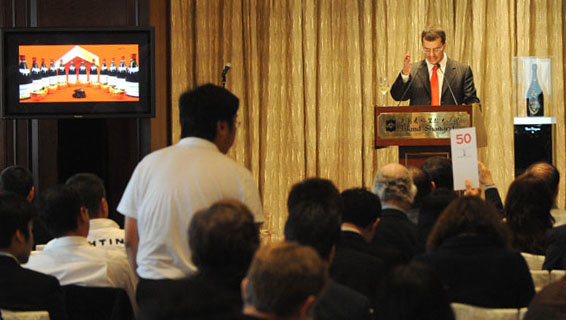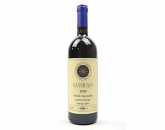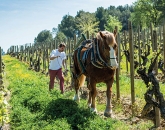
Whilst at face value there was apparently going to be no problem to achieve that objective, the reality proved to be much more difficult. Once the costs of storage, insurance, freight, taxes, auction and agent fees were taken into account there wasn’t much in the way of profits left, if any at all. The punters were understandably royally annoyed but no-one had really thought the whole process through in detail. It was deceptively complex.
Let’s do some basic math. Assume a wine has a retail value of US$130 and you buy it for US$100 with three years storage and insurance included. At the end of those three years you decide to extend storage and insurance for a further three years at approx US$3 per bottle per year with a view to selling it then. Taking into account cost of carry at say three percent per annum your bottle has cost you approx US$127 (yes I know, excluding compounding effect: I am trying to keep this simple). In the meantime you are pleasantly informed that the wine has been gleefully quaffed the world over and now has a retail value of US$200. It is considered rare and difficult to procure. Not bad, eh? Show me the money! You set out to sell your prized bottle.
Your local retailer stares blankly back at you and surreptitiously reaches for the shotgun beneath the counter when you offer it to him for what you think is a bargain at US$175. His margin is a minimum of 40% otherwise he cannot cover costs. He offers you US$150 as you have been a good client for many years.
Miffed, you decide to list the wine for auction, having seen that it has just traded at US$180. Problem is that the auctioneer is charging 10-20 percent fees. Worse still, your wine is actually being stored in London and that price is only available in Hong Kong’s red hot wine market, fuelled into frenzy by the Chinese miracle economy and the infinite wisdom of the local authorities to abolish customs tax. How do I move this stuff to Hong Kong? Answer: freight plus insurance plus another round of storage until it sells. Hmmm. Best sell it in London then.
The London auction price is US$160, but you have to first take the wine out of bonded storage and pay 17.5 percent VAT to sell it domestically. Or you can sell it in bond for $140 but that requires finding a buyer who uses your storage facility, otherwise there are extra freight costs. Getting confused? All a bit harder than you first thought? Let’s not even discuss what it takes to get the wine to market in the USA.
Thousands of investors are now facing this dilemma. Reputable wine investment houses are proactively working very hard to get the best exits for their clients, but supply is far outweighing supply at the moment, and I believe it may get worse. Consequently, volumes on offer at auction have increased dramatically but reserves have been unrealistically high, resulting in very low turnover and mounting frustration amongst investors. This is undeniably a buyer’s market. The best in a decade.
Professionally cellared and carefully matured wines are now often being offered at prices below current vintage releases of the same wine. This is causing major indigestion for some producers and distributors who are trying to sell new stock into a market that is now awash with older, highly rated wines that are actually cheaper than the new offerings.
As always, markets adapt to new conditions. Traditional auction houses are struggling and are reviewing their commissions. Cue the plug: we at Wine Exchange Asia have reacted by creating a live market for wines in Asia. To reflect the reality that sellers vastly outnumber buyers, we have created a market where no buyer’s premium is applicable and where buyers and sellers can adjust prices until transactions occur, the online wine exchange. - Robert Rees
Robert is a founder of Wine Exchange Asia, serving customers in Singapore and Hong Kong. For more information please visit wineexchangeasia.com or write to wine@hkgolfer.com
Pages
Click here to see the published article.











